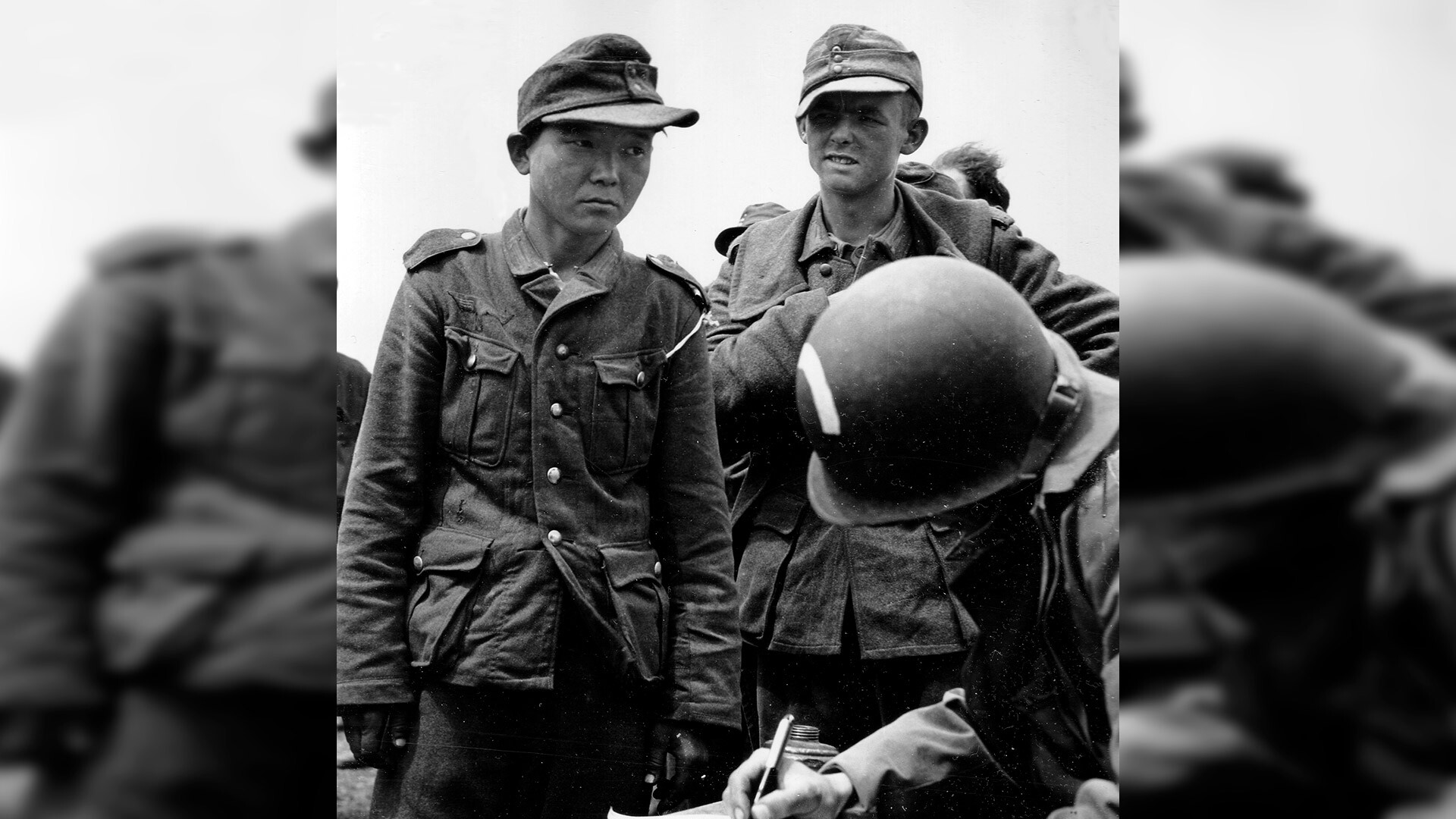
The photo is presumably of Yang Kyoungjong, taken prisoner by the Americans in 1944.
Public DomainThe name of this unique man is Yang Kyoungjong. He was born in 1920 in the city of Sinuiju, which, like the rest of Korea, was part of the Japanese Empire back then.
At the age of 18, Kyoungjong was mobilized to the Kwantung Army, which, in the Spring-Summer of 1939, fought against the Soviet troops at the Khalkhin-Gol River. There, he was taken prisoner.
According to British historian Anthony Beevor, in 1942, a difficult year for the Soviet Union, the Korean, along with thousands of other prisoners, were mobilized into the Red Army.
In early 1943, near Kharkov, Kyoungjong again found himself in captivity - this time by the Germans. There, Jan admitted about his service in the Japanese forces and offered to join one of the Eastern Legions for collaborators among Soviet prisoners of war.
The third time Yang Kyoungjong was captured was in June 1944, after the landing of Allied troops in Normandy - he was captured by paratroopers of the 101st Airborne Division of the United States.
The Korean spent some time in a prisoner-of-war camp in Great Britain and, soon after the end of the war, moved to the United States, where he lived until his death in 1992.
Many researchers regard Yang Kyoungjong's incredible story with a great deal of doubt. In Korea, however, it is considered to be true. In 2011, a feature movie based on his biography, ‘My Way’, was filmed there.
Meanwhile, hundreds of Koreans really fought in the Red Army during the war. One of them, Captain Alexander Min, who fell in battle in 1944, was posthumously awarded the title of ‘Hero of the Soviet Union’ for exemplary performance in combat missions and courage.
If using any of Russia Beyond's content, partly or in full, always provide an active hyperlink to the original material.
Subscribe
to our newsletter!
Get the week's best stories straight to your inbox